Your home is your sanctuary, and creating the perfect boundary is essential for privacy, security, and curb appeal. When it comes to wood fencing, two popular options stand out: cedar and pressure-treated wood. But which one is right for you?
In this comprehensive guide, we’ll explore the world of cedar fences and pressure-treated fences, delving into their unique characteristics, benefits, and considerations.
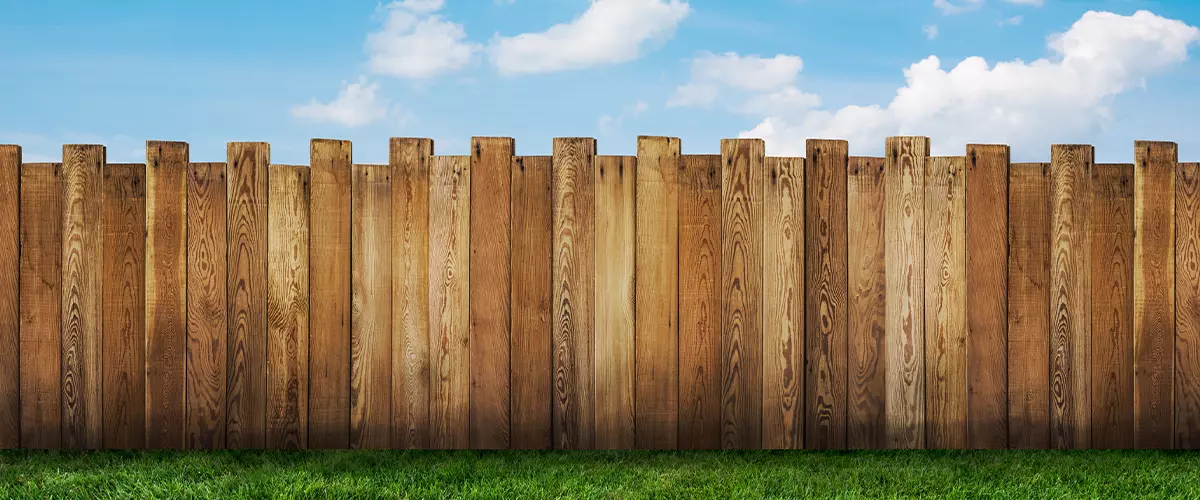
Characteristics and Benefits of Cedar Wood
- Natural Beauty and Aesthetic Appeal
- Durability And Longevity
- Resistance to Insects and Decay
If you want to ensure your fence will last for a long time, work with a top-tier contractor and let them work their magic! At Burgess Construction, our priorities remain you, your loved ones, and your needs.
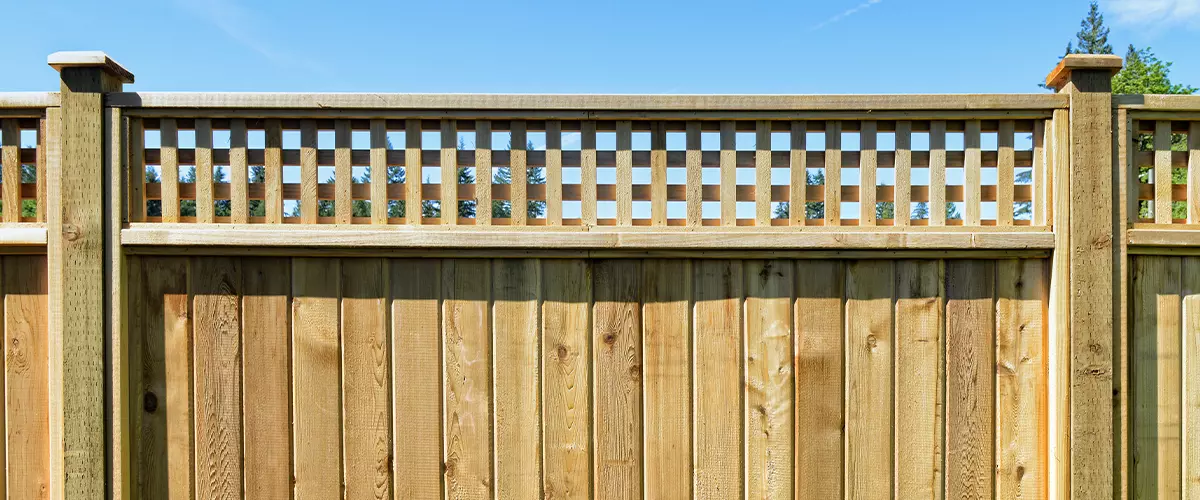
Maintenance Requirements Of Cedar Wood
Staining and sealing are key to enhancing the longevity of your cedar fence and maintaining its vibrant color. Think of it like applying sunscreen to protect your skin from the sun’s rays.
Similarly, staining and sealing provide a protective barrier against moisture, UV rays, and other elements that can damage the wood. Doing this every few years lets you keep your cedar fence looking fresh and beautiful.
Like tidying up your living room or mowing your lawn, your cedar fence also needs regular care. Gently wash it with water and a mild detergent to remove dirt, grime, and any mildew that may have accumulated.
Trim back vegetation that’s too close to the fence, as it can trap moisture and lead to decay. Investing a little time in cleaning and maintaining your cedar fence ensures its longevity and beauty.
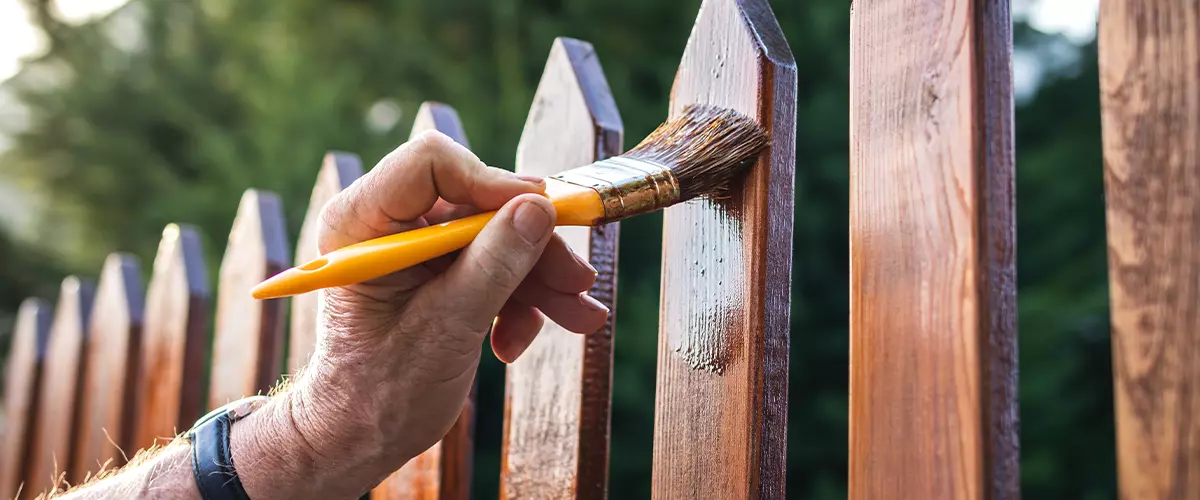
Characteristics and Benefits of Pressure Treated Wood
Just as you might coat your favorite boots with waterproof spray to protect them, pressure-treated lumber goes through a similar process. It’s regular wood (usually pine) that has been treated with chemicals under pressure, creating a protective barrier against rot, decay, and insects.
Pressure-treated pine wood offers some advantages, but it’s important to be aware of potential drawbacks too. Plus, it’s more affordable than cedar wood, making it a budget-friendly option.
- Enhanced Resistance to Rot, Decay, and Insects
- Potential for Warping and Splitting
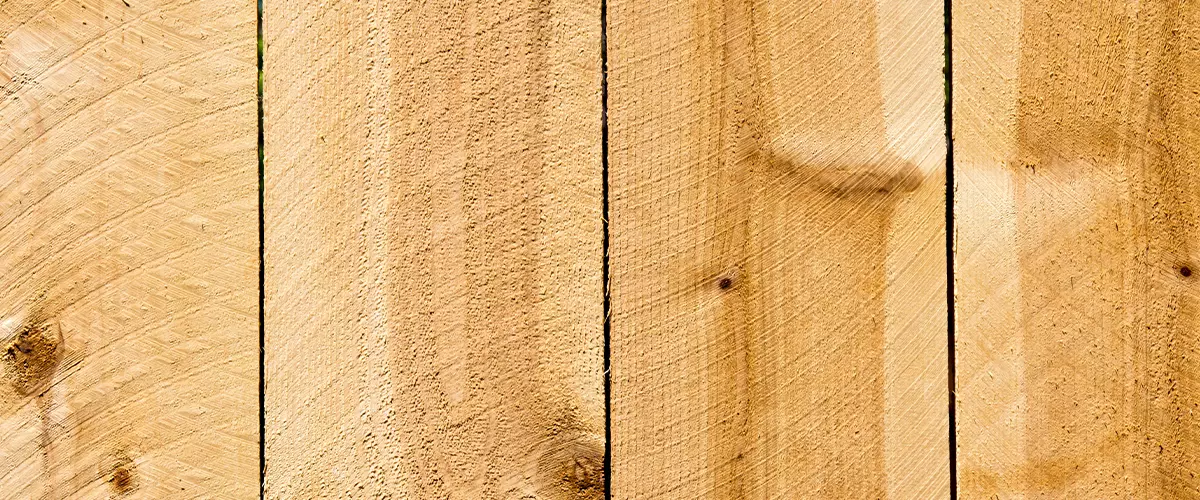
Maintenance Requirements of Pressure-Treated Wood
To maximize the lifespan of your pressure-treated fence, it’s important to apply an initial treatment with a water-repellent stain or sealant. This step helps enhance the wood’s resistance to moisture. As time goes on, periodic maintenance becomes crucial.
Think of it as giving your fence a little TLC, like watering your plants or oiling a squeaky door hinge. Regularly inspect your fence for any signs of damage, clean it with mild soap and water, and apply a fresh coat of stain or sealant as needed.
Just like you shield your skin with sunscreen on a sunny day, your pressure-treated fence needs protection too. Consider adding a UV-blocking stain or paint layer to shield the wood from the sun’s rays.
Additionally, keep an eye out for vegetation that grows too close to the fence, as it can trap moisture and lead to decay. By following these maintenance tips, you can help extend the life of your pressure-treated fence.
Comparing Cedar vs Pressure-Treated Wood Fences
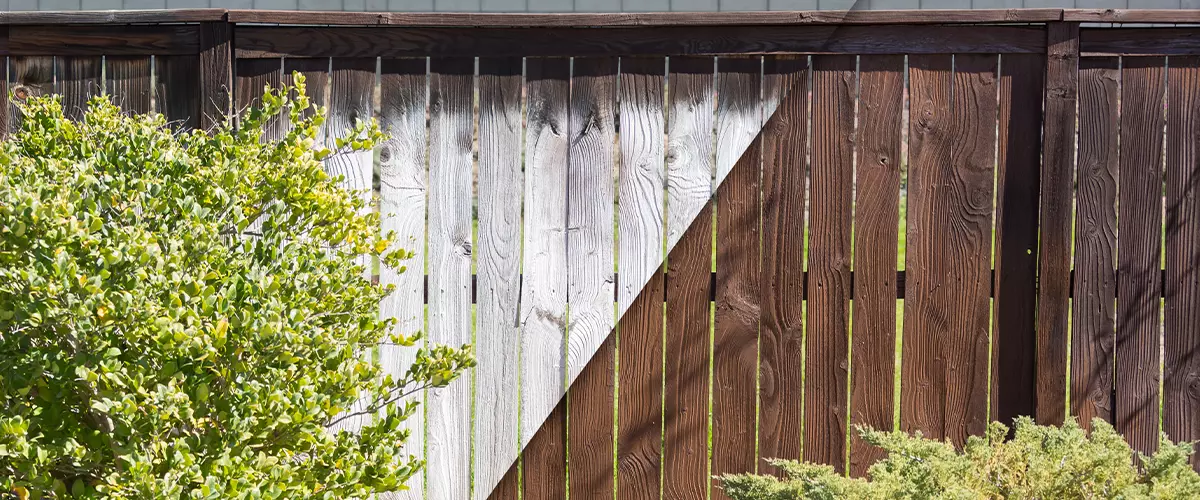
Cedar Wood Fences
- Western Red Cedar: Western red cedar, a type of cedar commonly used in fencing, offers exceptional quality and natural resistance to decay and insects. It's like the prized hardwood floors that exude elegance and charm in your home.
- Durability and Longevity: Cedar wood is naturally resistant to rot and insects, making it a durable choice for your fence. It can withstand the test of time, like a sturdy oak tree standing tall in a storm.
- Maintenance: Cedar fences require regular maintenance, including staining and sealing, to protect them from the elements. Think of it as applying moisturizer to your skin to keep it healthy and glowing.
Pressure-Treated Wood Fences
- Enhanced Durability: Pressure-treated wood goes through a treatment process that enhances its resistance to rot, decay, and insects. It's like giving the wood a superhero suit for added strength and protection.
- Cost-Effectiveness: Pressure-treated wood fences are often more budget-friendly than cedar. They provide a solid and functional option without breaking the bank, similar to opting for a reliable, affordable car.
- Maintenance: While pressure-treated wood fences require less maintenance compared to cedar, regular care is still necessary. This includes applying a water-repellent stain or sealant and periodic cleaning. Consider it as giving your fence a check-up to ensure it stays strong and healthy.
Choosing the Right Option for You
When deciding between cedar and pressure-treated wood for your fence, consider factors such as your budget, desired aesthetics, and maintenance preferences. Think about the long-term investment and the look you want for your home’s exterior.
Remember, a cedar fence offers natural beauty and requires more maintenance, while a pressure-treated wood fence provides enhanced durability at a more affordable cost. It’s like choosing between a classic, handcrafted piece of furniture and a reliable, sturdy option that fits your needs.
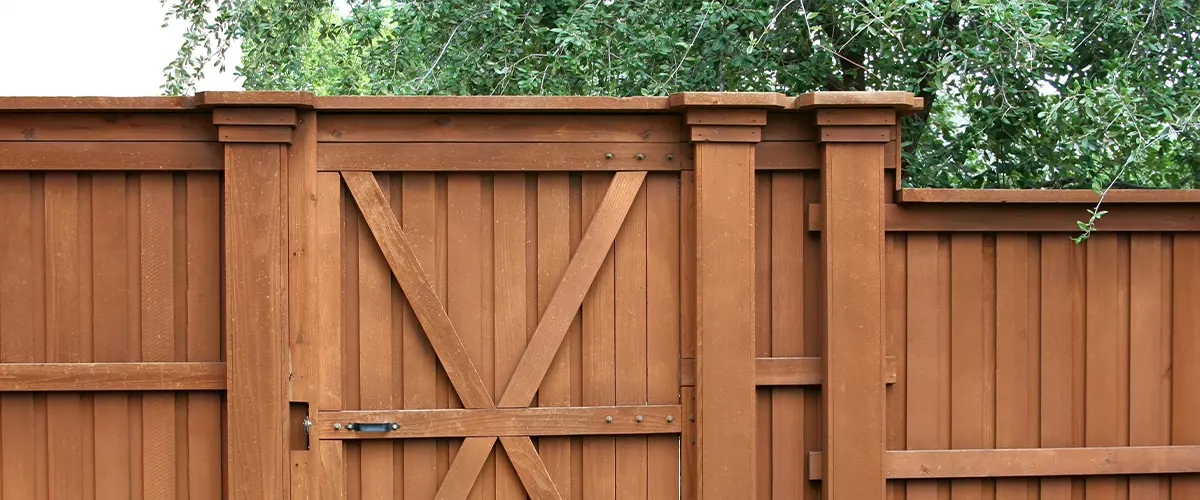
Let's Build You That Perfect Fence!
At Burgess Construction, we’re more than happy to teach you more about pressure-treated pine fencing or the benefits of cedar lumber.
Get a quality fence installation that’ll keep your property safe and secure for many years to come! Request a free quote or call us at (425) 791-5281!
